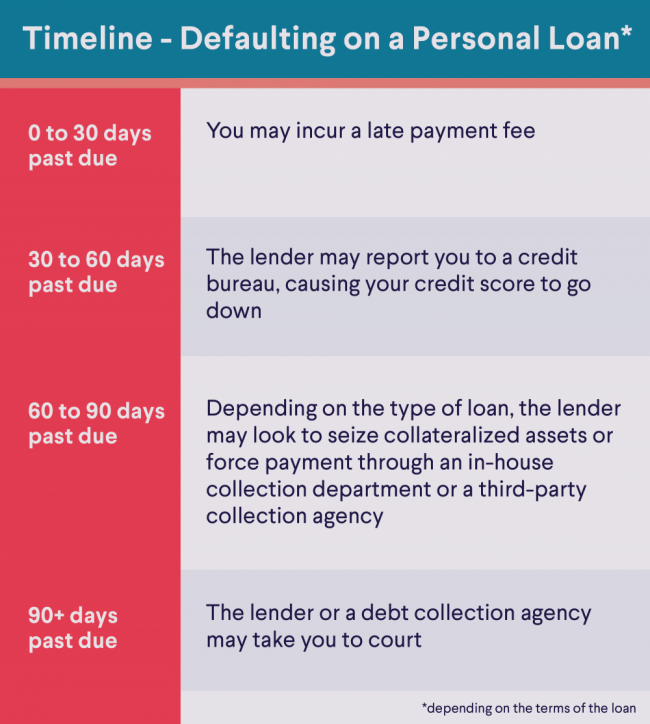Credit Card Rewards 101: Getting the Most Out of Your Credit Card
If you’re like many Americans, you swipe and tap your way through your day, using your credit card for everything from that morning latte to that late-night movie download. And, of course, for other purchases and services, from plane tickets to Pilates classes. That spending can add up, but using a rewards credit card can help make those expenditures pay off.
How rewards credit cards work: They pay the cardholder back with bonuses based on a small percentage of the amount spent. You’ll find different offers from credit card issuers in terms of how you can earn and redeem rewards, so you may want to review a variety of programs to see which ones best suit your style and needs.
In this guide, you can get a good grounding in how these programs work, including:
• What are different types of credit card rewards?
• How can you make the most of credit card rewards?
• How do you redeem credit card rewards?
Types of Credit Card Rewards
What credit card rewards are, specifically, depends on the type of rewards your specific credit card pays out. The credits earned for making purchases can come in the form of cash back, points, or airline miles.
By reviewing the options below, you can better understand what kind of rewards might suit you best. This can help you get ready to apply for a new credit card.
Cash Back
For cash back rewards cards, reward earnings are based on a percentage of the amount charged to the card. The rate of earnings can typically range from 1% to 5%. In some cases, you’ll earn a higher rate for an introductory period or on a particular category of spending for a specific period of time.
Calculating what the rewards rate equals as money back can be simple for cash rewards: Just apply the cash-back percentage to total spending on the card.
• Example: If you had a credit card that offered 2% cash back on all purchases, you’d earn $2 back for every $100 you spent using your card.
In some cases, cardholders will earn a flat rate across all purchases made with the card. But a rewards credit card may offer tiered earnings, as briefly noted above. This means the percentage back will vary depending on the category of purchases or the total amount spent during the year.
Recommended: What is a Charge Card
Travel Miles
As the name suggests, this type of rewards credit card allows you to earn airline miles in exchange for your spending responsibly with a credit card. You can either get a card affiliated with a specific airline or a more general travel rewards credit card.
It’s possible to earn a fixed rate of miles for every dollar spent, or you might earn more miles through spending in certain categories.
• For instance, you might earn a mile per every dollar spent. Or you could get one mile per $1 in all purchase categories with the exception of travel costs, where you’d earn three miles per every dollar spent.
While they’re called miles, these rewards don’t necessarily translate to airline miles traveled. Rather, you typically redeem the miles you’ve earned to help cover the cost of flights or other travel-related expenses, such as hotel stays.
Unlike cash back rewards, where the value is pretty straightforward, the valuation of airline miles can vary by card. This is worth evaluating when deciding between credit card miles or cash-back rewards. The value of an airline mile can usually range from just under one cent per mile up to around two cents.
Points
Another way to earn credit card rewards is by getting a certain number of points for every dollar spent using the card. You can then redeem those points in a variety of ways, such as in the form of cash back, merchandise, travel purchases, gift cards, and even events.
Credit cards that reward cardholders through credit card points will pay out a certain number of points for every dollar spent on the card. Some considerations:
• They might offer bonus categories, where cardholders can earn more points for every dollar spent in that particular category.
• For some cards, earned rewards points may have a set redemption value — for example, every 10,000 points might be worth $100 in flight or merchandise redemptions. However, redemption rates can depend on the type of reward you choose. For instance, there might be different points requirements for flights as opposed to merchandise.
Given these scenarios, cardholders may have to be strategic. They may want to consider the type of reward they select and the actual cost of their selections to get the best bang for their buck.
How to Optimize Credit Card Rewards
It’s clear that the returns you can earn when using a rewards credit card can vary tremendously. But in addition to choosing a rewards card with the best earnings rate, there are other ways to take maximum advantage of credit card rewards.
Find the Best Card Based on Individual Spending Habits
Some rewards cards accrue points on a flat-rate basis. This means points or miles are awarded at the same rate regardless of what an individual charges to their credit card.
Others, however, offer higher levels of earning for different spending categories. For instance:
• Some cards may offer more points per dollar spent on groceries or gas.
• Other rewards credit cards may provide more miles back when an individual spends on flights or hotels.
For people who tend to concentrate spending on specific categories, some cards may offer added value back. Before signing up, it’s worth taking the time to assess the different types of credit cards you may qualify for and which will be most valuable given your spending habits and the kind of rewards that would be most beneficial.
Max Out Available Promotions
Some rewards credit cards offer higher introductory earning rates, as noted above. This means you can earn more points than usual for a set amount of time or up to a specific spending threshold.
Other promotions may be offered as well, such as greater earnings during a specified time period. Enjoying credit card bonuses like these is key to making the most of credit card rewards.
For instance, you may want to time big-ticket items and other purchases to take advantage of those greater returns.
One important caveat: While offers to earn more rewards certainly seem attractive, it’s wise to ensure that spending is within your budget. That’s because carrying a credit card balance may incur interest and/or penalties that can cancel out the value of any increased earnings. Avoiding interest on credit cards requires paying off your balance in full.
Be Strategic About Redemptions
Given the variability in the value of rewards points, it’s a good idea to crunch the numbers before redeeming. This is especially true because fluctuating prices and redemption promotions can help to stretch earned rewards further. And who doesn’t want to squeeze as much value as possible from their rewards?
• Get the timing right for your needs. For example, using points to book a $200 short-haul flight may not optimize the value of your reward. But booking that same route at the last minute may be considerably more expensive. In such a case, if you have to travel ASAP, using those points may yield considerably more value.
• You might also use points for a statement credit redemption. This means the points can be translated into cash that is applied to your credit card balance.
This can be especially helpful if there’s a month where money is tight and you are concerned about meeting your minimum payment. Applying your rewards could help you keep your account in good standing.
• Be aware that rewards programs may have redemption minimums. This could mean that, say, you need to accrue a certain dollar amount or number of points so you can use your reward. For instance, maybe you have $20 in rewards that you want to use to help meet your credit card statement’s minimum payment. If your card only allows you to redeem rewards when you reach a threshold of $25 or 2,500 points available, you will be out of luck. You’ll need to earn more rewards before you can use them.
• Also look for redemption promotions or opportunities to redeem for the highest-value choices. This can help you get the most out of a rewards credit card.
Redeeming Credit Card Rewards
Once you’ve racked up some credit card rewards, it’s time to redeem them. Here’s how:
1. Log into your credit card app or portal. You can usually find your rewards listed somewhere on the main page, though the exact placement depends on your credit card issuer.
2. Click on your rewards balance. You should be able to see your total available rewards, as well as your options for redemption.
3. Choose how you want to redeem your rewards. Options for redemption may include a statement credit, a check, merchandise, gift cards, or travel, depending on your specific credit card.
4. Move ahead with redeeming your rewards. Once you select the option to redeem your rewards, that amount will get deducted from your balance. How long it takes to receive your rewards will depend on how you chose to redeem them.
Do Credit Card Rewards Expire?
It is possible for credit card rewards to expire. However, whether your rewards will expire — and how soon their expiration date will arrive — depends on the type of credit card rewards and your credit card issuer.
• Airline miles and hotel points often expire (though not always).
• Points or cash back earned through your issuer’s program are less likely to expire.
• In some cases, your rewards might even get automatically credited to your account if you forget to redeem them or haven’t used your account in a while.
Check your credit card’s terms and conditions to find out how your credit card works and what the rules are for your credit card rewards.
Once you know the details, you will likely want to stay aware of any expiration date, just as you probably pay attention to when your credit card payments are due.
The Takeaway
Getting rewards — whether in the form of cash back, points, or travel miles — when you spend money is an attractive proposition. However, when it comes to how to take advantage of credit card rewards, you’ll need to do more than just swipe your card. You’ll want to be strategic about earning and redeeming your points to get the most benefit. You’ll also likely want to make sure to max out any promotions that are available.
Whether you're looking to build credit, apply for a new credit card, or save money with the cards you have, it's important to understand the options that are best for you. Learn more about credit cards by exploring this credit card guide.
Financial Tips & Strategies: The tips provided on this website are of a general nature and do not take into account your specific objectives, financial situation, and needs. You should always consider their appropriateness given your own circumstances.
SOCC1023003







